Description
– By default – Material – mild steel ST3, thickness 1.5 mm
– Rough (blued) grinding is done by default
– By default, the plates are fastened together with butted rings 1.4 x 8 mm
– Equipped with additional straps on the forearm and a cuff on the wrist for a tighter fit on the arm.
In Europe, the appearance of hoops is associated with Eastern influence. Around 1230, there appeared a lamellar protection of the hands, in 1250-1260, tubular-type bracers appeared, and in the first half of the XIV century — articulated bracers. The earliest find of this type are bracers from Bornholm (XIV century).
Later in Europe, the improvement of bracers and greaves led to the appearance of plate protection. Therefore, the bracers become an element of armor between the elbow pad and the gauntlet or gauntlet. However, in this case, the whole “sleeve” is called a bracer, and its part from the wrist to the elbow is the lower tube of the bracer
As in Western Asia, in Eastern Europe, articulated tubular bracers were used as a separate element of armor. Structurally, they belonged to the same type of baseband. They were provided with a lining, sometimes with a chain mail glove. The bracers of noble people were decorated with engraving, silver, gold, sometimes with precious stones and were usually worn together with a mirror; sometimes they could be forged from Damascus steel. In Moscow Russia, bracers were often found in the local cavalry. In Poland, the bracers were worn by cavalrymen complete with a cuirass. In the XVII century, under Polish influence, such a set appeared in other European countries. Sometimes the length of the upper part of the bracers was made longer than the norm, then it went beyond the elbow.
In Russia, the use and production of hinged tubular bracers begins around 1200. Most likely, it is connected with the influence of neighboring Turks. Among the archaeological finds associated with the Mongolian






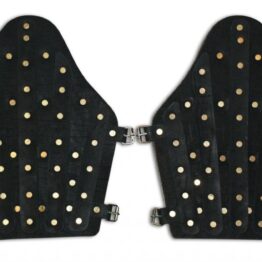
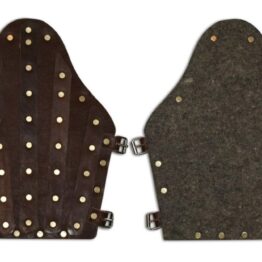
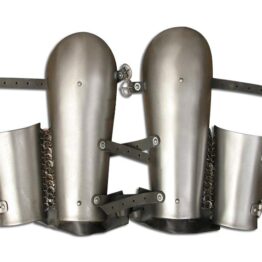
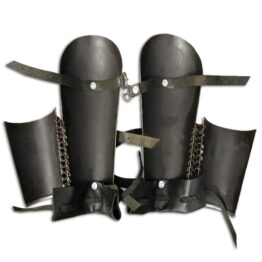
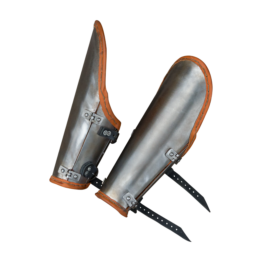
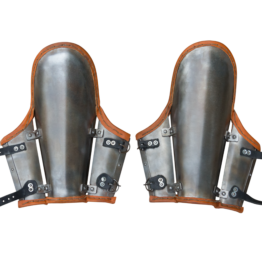
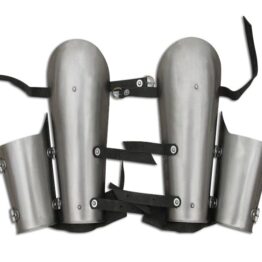

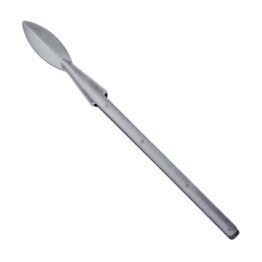
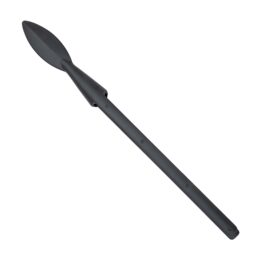
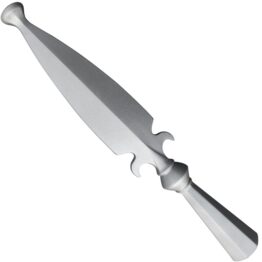
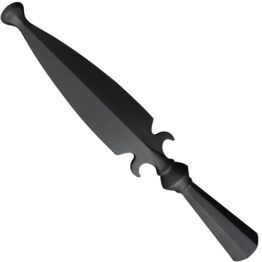
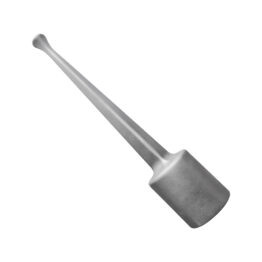
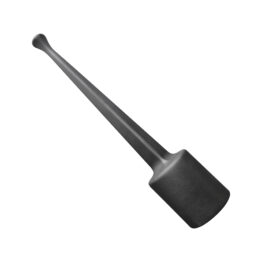
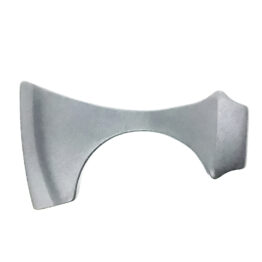
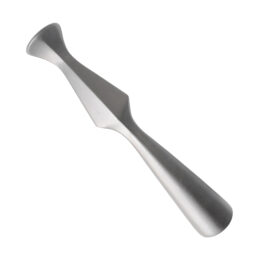
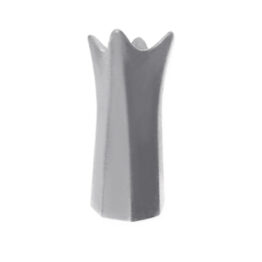
Reviews
There are no reviews yet.